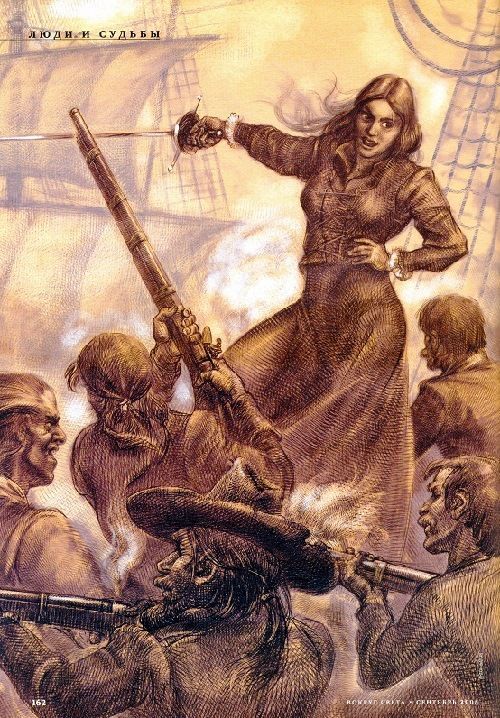#connacht
#OTD in 1906 – Death of Michael Davitt, “Father” of the Irish Land League.
#OTD in 1906 – Death of Michael Davitt, “Father” of the Irish Land League.
Michael Davitt was born at the height of the Great Hunger in Straide, Co Mayo. At four, his family was evicted and forced to emigrate to England. He joined the Fenians in 1865, became organising secretary and was arrested in 1870 for arms smuggling. Released after seven years, he returned to Co Mayo as a national hero. His travels in Connacht showed conditions had not improved. Realising that, if…

Gráinne Ní Mháille (c.1530 - c.1603), commonly known as Grace O'Malley, was a legendary Irish pirate and Chieftan of the Ó Mháille clan during the 16th century.
Born around 1530, Ní Mháille was the child of a wealthy sea trader who she accompanied on his voyages from a young age. As a teenager she was married to Donal Ó Flaithbheartaigh, heir to a powerful clan, as a political move. The marriage lasted for 19 years, during which they had three children and Ní Mháille gained considerable experience commanding ships in her husband’s fleet.
Following the death of her husband and her father, Ní Mháille inherited a considerable amount of money and took over her father’s fleet of 20 ships and hundreds of sailors. She built on her father’s success to become one the dominant forces on the Irish west coast, launching raids on rival clans, forcing merchant ships to pay for safe passage, and imposing taxes on fishermen as far away as England. She also transported Gallowglass mercenaries between Scotland and Ireland, often raiding Scottish islands at the same time. Her position was strengthened by the control of several coastal castles, most prominent of which was Rockfleet Castle, which she gained through her second marriage to Risdeárd Bourke. After a year of marriage she is said to have taken control of the castle, barring Bourke from entering and yelling from a window, “I dismiss you!”.
Ní Mháille had a tumultuous relationship with the English. From the early 1560’s onward she was accused of piracy multiple times, but she won some favour with the English by assisting in coastal attacks on southern Ireland and won the respect of Sir Henry Sidney, the Lord Deputy of Ireland. However n 1579 she was besieged in her castle by English forces, who she defeated by pouring hot oil on the attackers and according to some accounts by making homemade bullets from melted down armour.
Ní Mháille made a lasting enemy in the form of Richard Bingham, the English ruler of Connacht, after she fought alongside the Bourkes in open rebellion against him from 1585 to 1589. Bingham sought revenge for the rebellion by targeting Ní Mháille, destroying her lands and property. Bingham killed Ní Mháille’s eldest son, Eoghan, and captured his castle, while making a deal with one of her other sons, Murchadh, to switch sides. Ní Mháille swore never to speak to Murchadh again after his betrayal and burned his lands.
Financially ruined, the final blow to Ní Mháille came in 1593 when Bingham captured her other son, Tiobóid, as well as her brother and threatened them with charges of treason. Ní Mháille petitioned Queen Elizabeth of England directly to ask for their release. Elizabeth sent Ní Mháille a list of questions which she answered, and later that year the two women met at Greenwich Palace near London. Despite Ní Mháille’s rough manners and refusal to bow, the two women, both in their sixties, seemed to develop a healthy respect for each other. As neither spoke the other’s language they conversed in Latin, striking an agreement that Ní Mháille’s family would be released, reparations would be made for her stolen property, and that Bingham would be removed from power.
The agreement did not last. Reparations were not fully made, and while initially stripped of his position, Bingham was eventually allowed to return to power in Ireland. Angered, Ní Mháille returned to helping Irish rebels during the Nine Years’ War. She died of old age in Rockfleet Castle at the end of the war in 1603. After her death Ní Mháille’s fighting prowess led to many Irish folk tales being told about her and she is still remembered as a legendary pirate.
Post link

